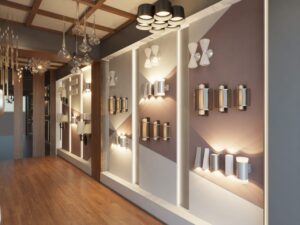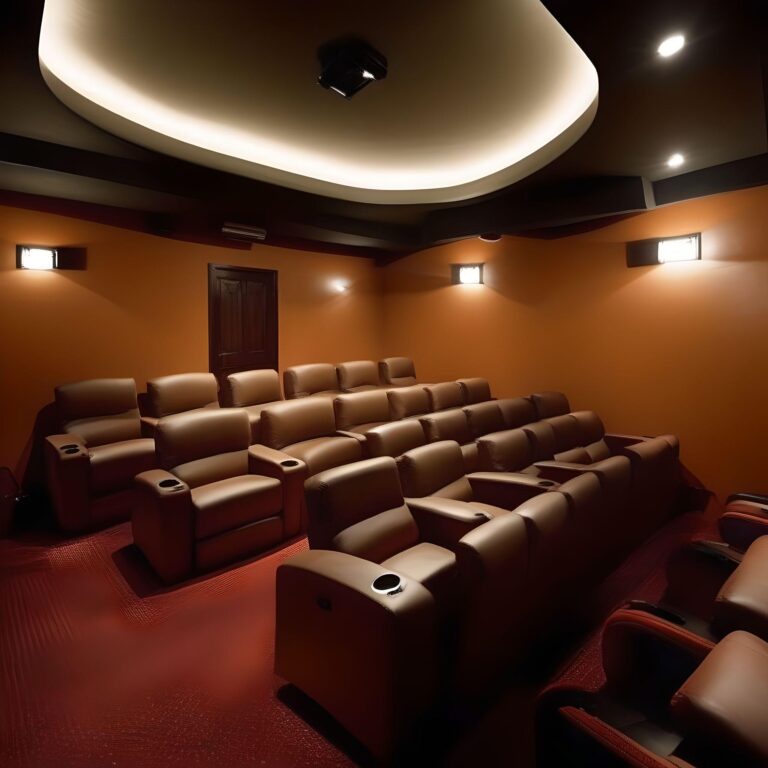1. Interior Architect:

Focus: Interior architects primarily focus on the structural aspects of interior spaces. They consider factors like space planning, building codes, safety regulations, and structural integrity to design functional and aesthetically pleasing interiors.
Skills: They often have a background in architecture or a related field, with a deep understanding of spatial relationships, construction materials, and building systems.
Responsibilities: Interior architects collaborate closely with architects, engineers, and contractors to ensure that the interior space integrates seamlessly with the overall building design. They may be involved in designing layouts, selecting materials, specifying finishes, and overseeing construction to ensure compliance with regulations.
2. Interior Designer:

Focus: Interior designers focus on creating interior spaces that are both functional and visually appealing. They consider factors like client preferences, functionality requirements, aesthetics, and budget constraints.
Skills: Interior designers possess a blend of creativity, technical skills, and knowledge of design principles. They understand how to use color, texture, lighting, and furniture to transform spaces and evoke desired emotions.
Responsibilities: Interior designers work closely with clients to understand their needs and preferences. They develop design concepts, create detailed plans and drawings, select furniture, fabrics, and decorative elements, and oversee the implementation of the design to ensure its successful execution.
3. Interior Decorator:

Focus: Interior decorators primarily focus on the aesthetics of interior spaces. They specialize in selecting furniture, fabrics, colors, and decorative accessories to enhance the visual appeal of a space.
Skills: Interior decorators have a keen eye for design and a deep understanding of color theory, textiles, and spatial arrangements. They excel at creating cohesive and stylish interiors that reflect the client’s taste and personality.
Responsibilities: Interior decorators work closely with clients to understand their style preferences and budget constraints. They select and source furnishings, fabrics, artwork, and decorative accessories to create personalized and visually pleasing interiors.
Unlike interior designers, decorators typically do not alter the structural or architectural elements of a space.
By understanding the distinctions between these roles, clients can better identify the professional best suited to their specific project needs, whether it involves structural modifications, comprehensive design planning, or simply enhancing the aesthetics of a space.


